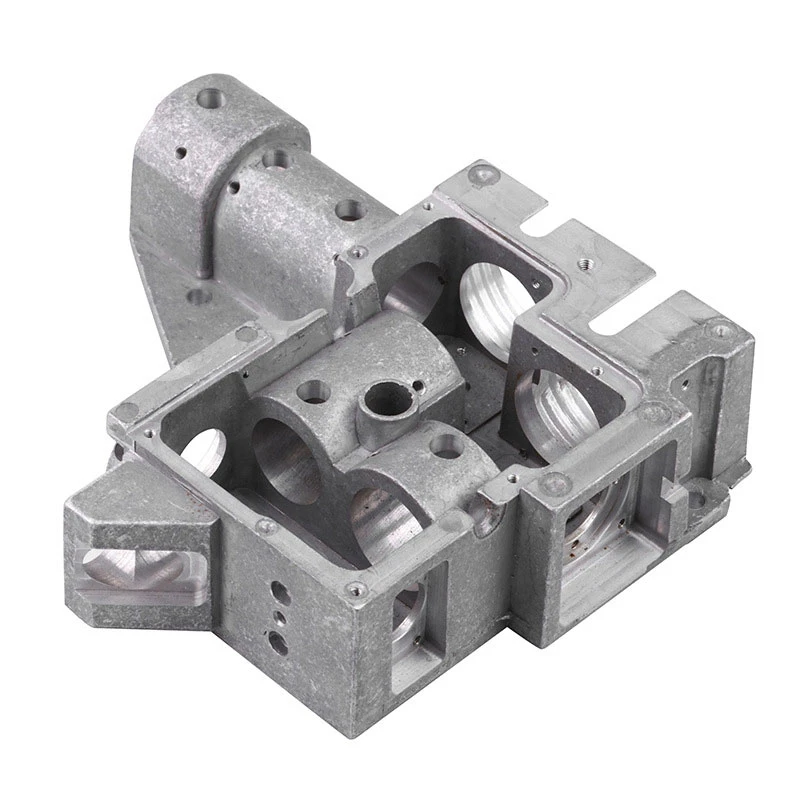Understanding the Basics of the Sand Casting Process and Its Applications in Manufacturing
What is a Sand Casting Process?
Sand casting is one of the most prevalent and versatile metal casting processes used in manufacturing today. It is a method that involves creating a metal part by pouring molten metal into a sand mold, allowing it to solidify and take the shape of the mold. This process has been utilized for centuries and continues to play a vital role in the production of complex metal components across various industries.
The Fundamentals of Sand Casting
At its core, sand casting involves several key components the pattern, the mold, the core (if necessary), and the molten metal. The process begins with creating a pattern that is a replica of the desired final product. Patterns can be made from a variety of materials, including wood, metal, or plastic, depending on the requirements of the job and the expected number of units to be produced.
Once the pattern is made, it is placed into a mold box, and sand mixed with a binder is packed around it to create a mold. The most commonly used sand for this process is silica sand because of its ability to withstand high temperatures. After the sand is compacted around the pattern, the mold is carefully removed from the pattern, leaving a cavity that reflects the shape of the desired product.
If the casting requires internal features, cores made from sand or other materials are placed within the mold. Once the mold is complete, it is clamped shut and molten metal is poured into it.
The Pouring Process
The success of sand casting heavily relies on the pouring process. The molten metal, usually heated to temperatures exceeding 1,000 degrees Celsius, must be carefully poured into the mold to avoid defects such as air pockets or incomplete molds. The metal fills the cavity, taking on the shape of the mold as it cools. Proper control of the pouring temperature and speed is critical to ensure a high-quality casting.
Cooling and Finalization
what is a sand casting process

After pouring, the molten metal begins to cool and solidify. This cooling process can vary in time depending on the thickness of the casting and the type of metal used. Once the metal has cooled sufficiently, the mold is broken away to reveal the cast metal product. The sand mold can often be reused, making sand casting a cost-effective choice for many applications.
Post-casting, the metal part usually requires further processing to achieve the desired surface finish and dimensional accuracy. This post-processing can include grinding, machining, or coating to enhance the part's performance and aesthetic quality.
Advantages of Sand Casting
One of the primary advantages of sand casting is its flexibility. It can accommodate a wide variety of sizes, from small components to large parts weighing several tons. Additionally, it allows for the casting of complex geometries that might be challenging to produce using other methods. Sand casting is also compatible with a wide range of metals, including aluminum, iron, and bronze, making it suitable for diverse applications in automotive, aerospace, and more.
Cost efficiency is another significant benefit. The materials used in sand casting, particularly sand itself, are relatively inexpensive, and the process allows for rapid pattern production, which is essential for producing prototypes or low-volume parts.
Environmental Considerations
While sand casting has many advantages, it is also essential to consider its environmental impact. Traditional sand casting processes generate waste and emissions, so many manufacturers are exploring more sustainable practices. This includes using reclaimed sand, reducing energy consumption during melting, and optimizing the overall casting process to minimize waste.
Conclusion
In summary, sand casting is a fundamental yet sophisticated method of producing metal components that has stood the test of time. Its versatility, cost-effectiveness, and ability to create intricate shapes make it a preferred choice in various industries. As technology advances, the sand casting process will likely evolve, incorporating more sustainable practices while continuing to meet the demands of modern manufacturing. Whether for small components or large machinery parts, understanding the sand casting process is crucial for engineers and manufacturers alike.
-
Pros & Cons of Sand Casting: Products & ApplicationsNewsAug.19,2025
-
Advanced Crawler Drilling Rig for Confined Spaces-Baoding Hairun Machinery And Equipment Trading Co., Ltd.NewsAug.18,2025
-
Crawler Drilling Rig- Baoding Hairun Machinery And Equipment Trading Co., Ltd.|Pneumatic Power,Frame-Supported DesignNewsAug.18,2025
-
Precision OEM Valve Body Castings for Superior PerformanceNewsAug.18,2025
-
Crawler Mounted Drill Rig - Baoding Hairun Machinery | Underground Drilling SolutionsNewsAug.18,2025
-
Crawler Mounted Drill Rig - Baoding Hairun | Pneumatic Safety, Mining EfficiencyNewsAug.17,2025















